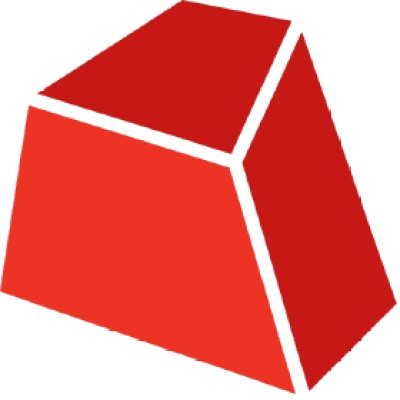
Zep AI envisions a future where AI agents possess a deep, evolving understanding of their interactions and environments through advanced memory systems, creating a new paradigm of personalized and context-aware AI experiences. By pioneering a temporal knowledge graph approach, Zep AI is crafting foundational technology that enables AI to retain and learn from vast, dynamic datasets like never before.
At the core of this vision is the open-source Graphiti framework, empowering developers and enterprises to construct complex, integrated knowledge graphs that bring real-world context into AI applications. Zep AI is committed to advancing how AI agents interact with their users by embedding memory deeply into their workflows, transforming static responses into adaptive, insightful conversations and decisions.
Driving innovations that bridge the gap between data, memory, and intelligence, Zep AI is building the infrastructure for AI systems that grow smarter with every interaction, ultimately enabling a future where AI agents are truly indispensable partners in learning, problem-solving, and collaboration.
Our Review
We've been tracking Zep AI since they emerged from Y Combinator's Winter 2024 batch, and honestly, they're solving one of those problems that makes you go "why didn't someone think of this sooner?" Most AI agents today are basically goldfish — they forget everything the moment a conversation ends. Zep changes that game entirely.
The Memory Problem We Didn't Know We Had
Here's what caught our attention: while everyone's been obsessing over making AI models smarter, Zep founder Daniel Chalef zeroed in on making them remember better. Their platform creates what they call a "temporal knowledge graph" that doesn't just store chat history — it actually learns patterns from user interactions and business data over time.
Think of it like giving your AI agent a proper long-term memory instead of just sticky notes. The difference in user experience is night and day.
Why Their Approach Works
What we love about Zep's solution is how they've tackled the technical complexity behind the scenes. Their Graphiti framework (which has racked up nearly 14,000 GitHub stars) handles the heavy lifting of building these knowledge graphs, while developers get a clean API to work with.
Companies like FlockX and Athena Intelligence are already seeing real results — Athena reported significant improvements in contextual response accuracy after implementing Zep. That's not just marketing fluff; that's measurable impact.
Who This Really Helps
Zep isn't trying to be everything to everyone, which we respect. They're laser-focused on developers building AI applications who need their agents to get smarter over time, not just respond well in isolation.
If you're building customer service bots, AI assistants, or any application where context matters across multiple interactions, Zep's memory layer could be transformative. The $2.3 million they've raised suggests investors agree — this isn't just a nice-to-have feature anymore, it's becoming essential infrastructure for serious AI applications.
Sophisticated AI agent memory layer
Temporal knowledge graph for context engineering
Open-source Graphiti framework for knowledge graph management
Integration of chat history and business data for enhanced personalization
Improves AI agents' learning from user interaction and business data







